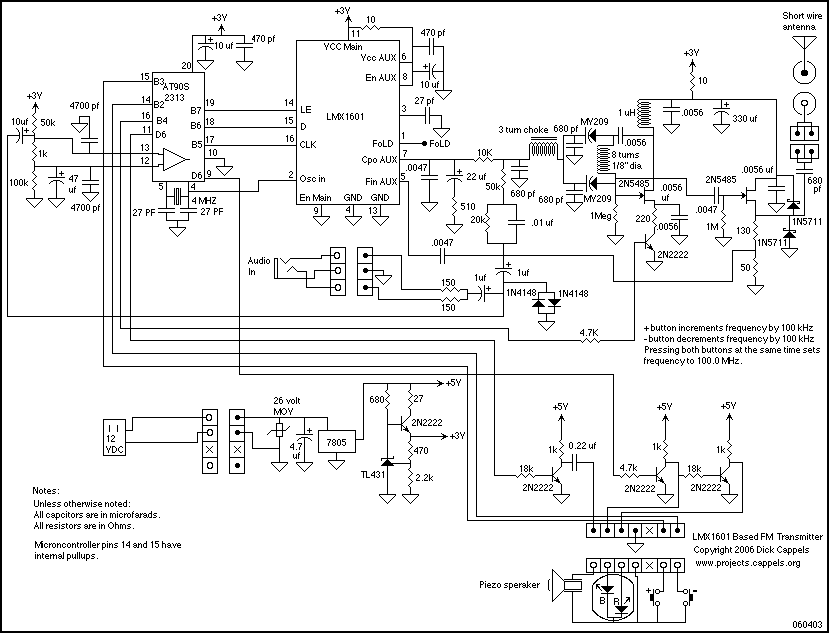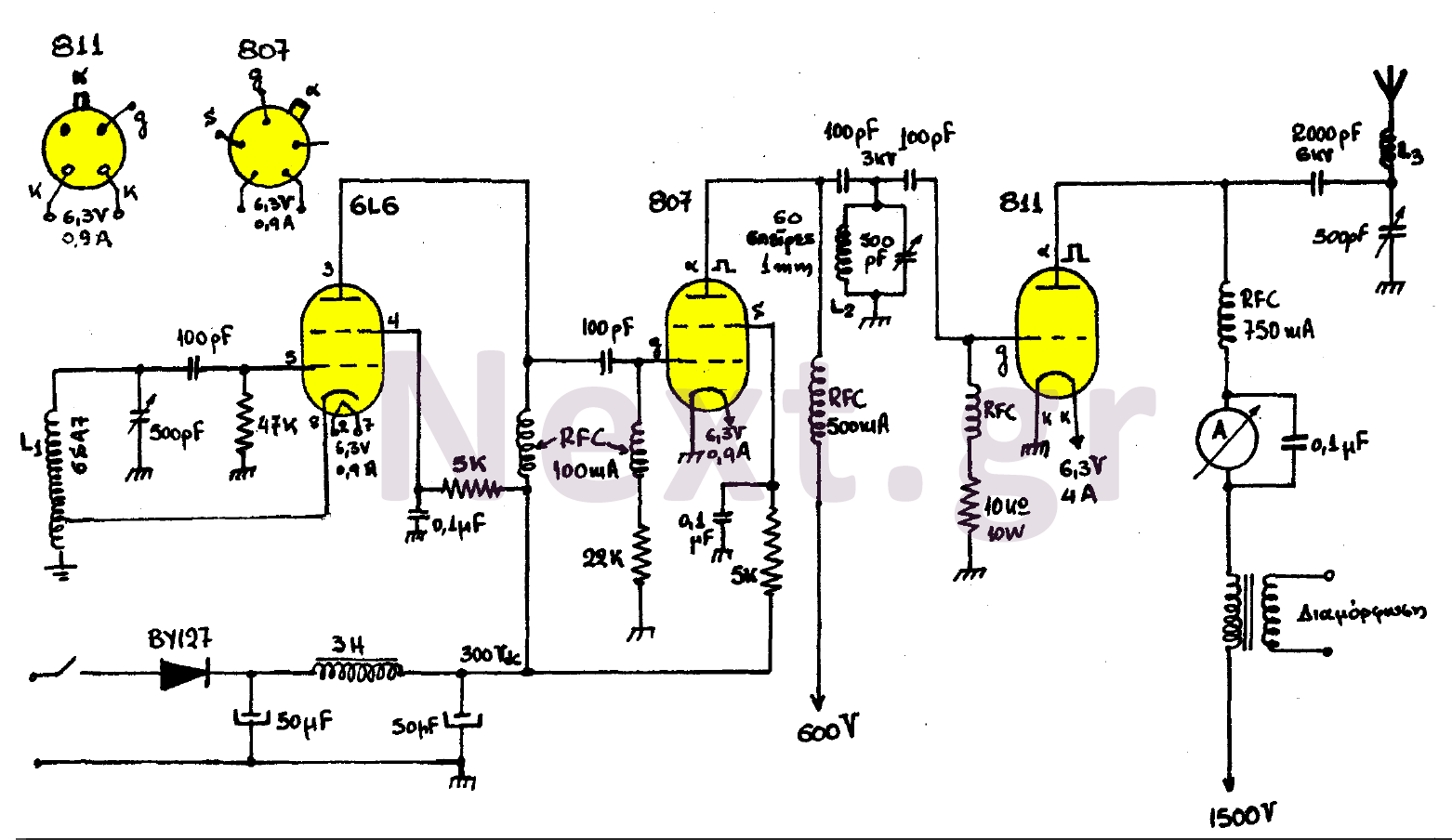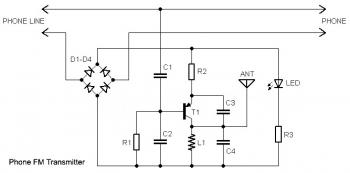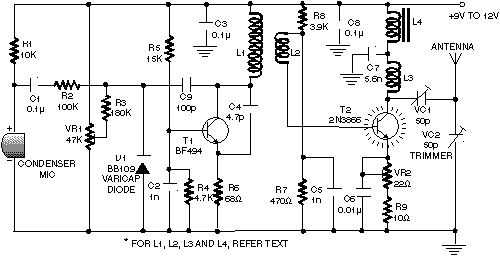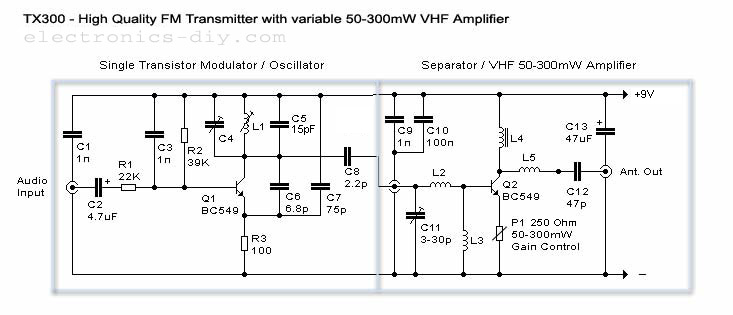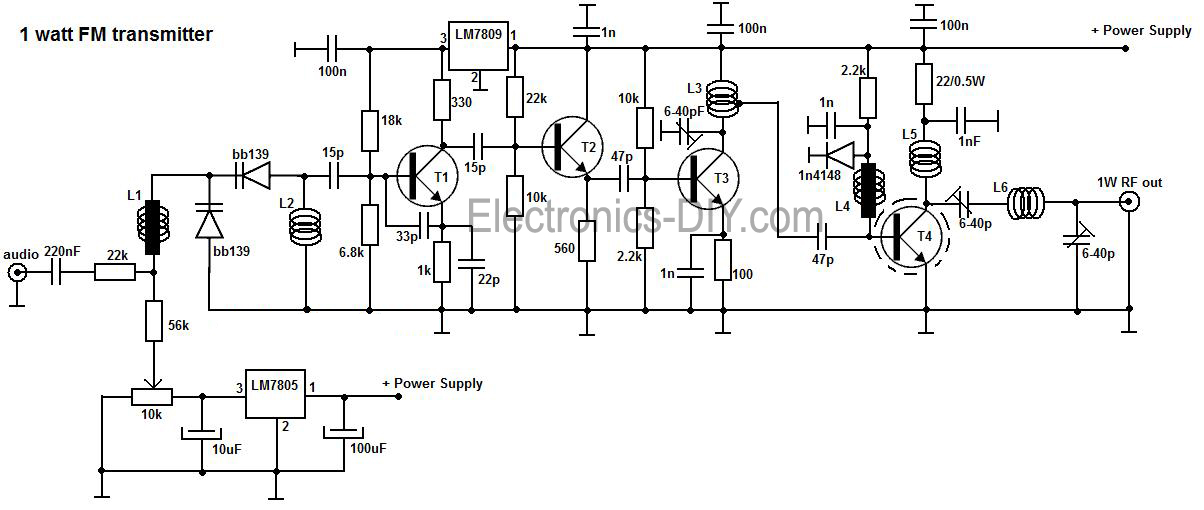
RF2516 VHF/UHF TRANSMITTER
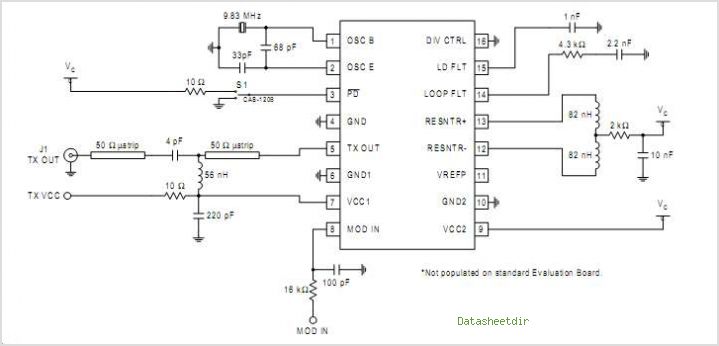
This application note outlines a cost-effective, high-performance UHF short-range Amplitude Shift Keying (ASK) receiver design utilizing the Microchip Technology rfRXD0420. The reference design is applicable for wireless remote command and control, remote keyless entry (RKE), and low-power telemetry applications. The specifics of this receiver reference design include a single channel operating at a fixed frequency of 433.92 MHz with ASK modulation and a signal rate of 4800 baud. Complete schematics and PCB layout are provided in Appendix A, while the Bill of Materials (BOM) is available in Appendix B. Gerber files can be found in the companion file AN00860B.ZIP. A block diagram of the receiver signal path, including external components relevant to the ASK operation of the rfRXD0420, is shown in Figure 1. Subsequent sections discuss the RF stage's purpose, component selection, and performance trade-offs to aid designers in understanding, optimizing, or modifying this receiver reference design for various applications.
The UHF short-range ASK receiver design based on the Microchip Technology rfRXD0420 is engineered for versatility and efficiency in various applications, including wireless remote controls and security systems. Operating at a frequency of 433.92 MHz, this single-channel receiver employs ASK modulation to achieve a signal rate of 4800 baud, making it suitable for short-range communications.
The reference design includes comprehensive schematics and PCB layouts, which are crucial for replicating and implementing the design in practical applications. Appendix A provides detailed circuit diagrams that illustrate the interconnections and component placements necessary for the receiver's operation. The Bill of Materials (BOM) in Appendix B lists all components required for assembly, ensuring that designers can source parts efficiently.
Gerber files included in the companion file AN00860B.ZIP facilitate the manufacturing process, allowing for precise PCB fabrication. The block diagram presented in Figure 1 serves as a visual representation of the receiver's signal path, highlighting the integration of external components that enhance the ASK operation of the rfRXD0420.
In the subsequent sections of the application note, the design's RF stage is examined in detail. This includes discussions on the selection of components that impact the receiver's performance, such as filters, amplifiers, and demodulators. Performance trade-offs are also analyzed, providing insights into how different configurations can affect sensitivity, range, and power consumption. This information is invaluable for designers looking to tailor the receiver to specific requirements or to adapt it for alternative applications. By understanding these aspects, engineers can optimize the receiver's performance for their unique needs while maintaining the integrity of the original design.This application note describes a low cost, high performance UHF short-range Radio ASK receiver design using the Microchip Technology rfRXD0420. The reference design is suitable for: Wireless remote command and control Remote Keyless Entry (RKE) Security systems Low power telemetry applications The specifics of this receiver reference design a
re: Single channel, fixed frequency at 433. 92 MHz ASK modulation Signal rate: 4800 baud Complete schematics and PCB layout are given in Appendix A. Bill of Materials (BOM) are in Appendix B. Gerber files are available in the companion file AN00860B. ZIP. ASK RECEIVER REFERENCE DESIGN Figure 1 is a block diagram of the receiver signal path with external components that apply to ASK operation of the rfRXD0420.
In the sections that follow, the purpose of the RF stage, component selection, and performance trade-offs are discussed to assist the designer in understanding, optimizing and/or changing this receiver reference design to suit other applications. 🔗 External reference
The UHF short-range ASK receiver design based on the Microchip Technology rfRXD0420 is engineered for versatility and efficiency in various applications, including wireless remote controls and security systems. Operating at a frequency of 433.92 MHz, this single-channel receiver employs ASK modulation to achieve a signal rate of 4800 baud, making it suitable for short-range communications.
The reference design includes comprehensive schematics and PCB layouts, which are crucial for replicating and implementing the design in practical applications. Appendix A provides detailed circuit diagrams that illustrate the interconnections and component placements necessary for the receiver's operation. The Bill of Materials (BOM) in Appendix B lists all components required for assembly, ensuring that designers can source parts efficiently.
Gerber files included in the companion file AN00860B.ZIP facilitate the manufacturing process, allowing for precise PCB fabrication. The block diagram presented in Figure 1 serves as a visual representation of the receiver's signal path, highlighting the integration of external components that enhance the ASK operation of the rfRXD0420.
In the subsequent sections of the application note, the design's RF stage is examined in detail. This includes discussions on the selection of components that impact the receiver's performance, such as filters, amplifiers, and demodulators. Performance trade-offs are also analyzed, providing insights into how different configurations can affect sensitivity, range, and power consumption. This information is invaluable for designers looking to tailor the receiver to specific requirements or to adapt it for alternative applications. By understanding these aspects, engineers can optimize the receiver's performance for their unique needs while maintaining the integrity of the original design.This application note describes a low cost, high performance UHF short-range Radio ASK receiver design using the Microchip Technology rfRXD0420. The reference design is suitable for: Wireless remote command and control Remote Keyless Entry (RKE) Security systems Low power telemetry applications The specifics of this receiver reference design a
re: Single channel, fixed frequency at 433. 92 MHz ASK modulation Signal rate: 4800 baud Complete schematics and PCB layout are given in Appendix A. Bill of Materials (BOM) are in Appendix B. Gerber files are available in the companion file AN00860B. ZIP. ASK RECEIVER REFERENCE DESIGN Figure 1 is a block diagram of the receiver signal path with external components that apply to ASK operation of the rfRXD0420.
In the sections that follow, the purpose of the RF stage, component selection, and performance trade-offs are discussed to assist the designer in understanding, optimizing and/or changing this receiver reference design to suit other applications. 🔗 External reference
